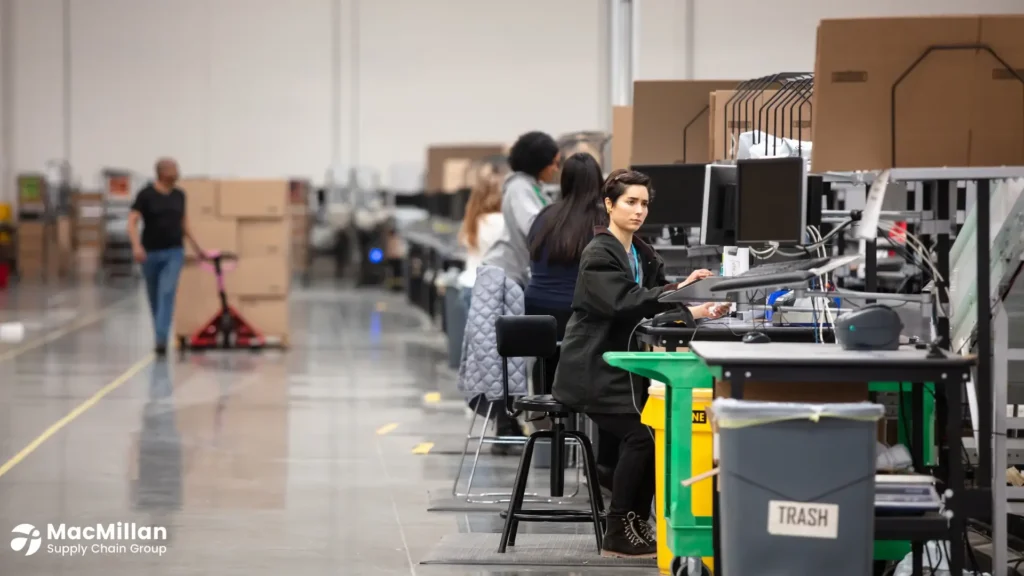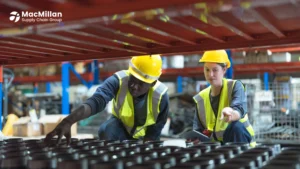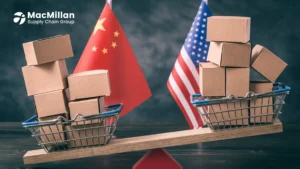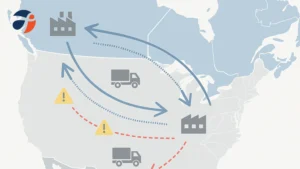Quick Summary
Imagine needing a last-minute birthday gift delivered in 2 hours or groceries arriving before your fridge goes empty. That’s the magic of micro-fulfillment centers (MFCs). These pint-sized warehouses, tucked into city centers or even the back of retail stores, are flipping traditional supply chains on their head. By parking inventory closer to shoppers and using robots as their sidekicks, businesses are slashing delivery times, trimming costs, and keeping customers hooked. And no—you don’t need Amazon-level budgets to play this game.
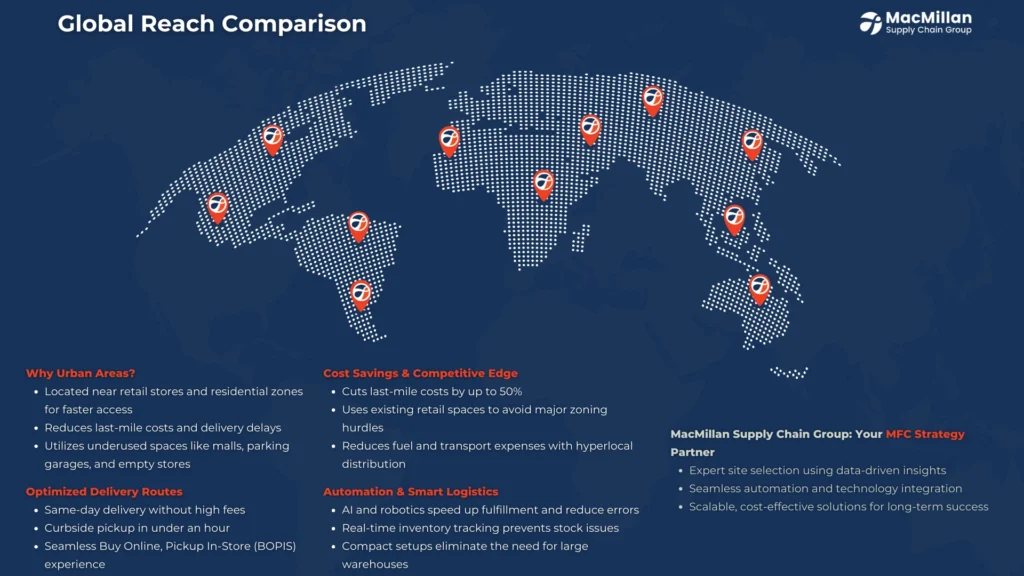
Introduction: Why Speed is the New Currency
Let’s face it: we’ve all abandoned an online cart because delivery took “5-7 business days.” In today’s I-want-it-now world, customer experience isn’t just about quality products—it’s about lightning-fast fulfillment. Enter micro-fulfillment centers, the unsung heroes helping retailers turn “Where’s my order?” angst into “Wow, that was quick!” loyalty. By blending urban convenience with automation smarts, MFCs aren’t just solving last-mile headaches—they’re rewriting the rules of retail.
Location, Location, Automation: The MFC Trifecta
Why cities? Simple math: the closer your stockpile of products is to customers, the faster they get their hands on them. MFCs thrive in urban jungles, often hiding in plain sight—inside malls, under parking garages, or even repurposed retail spaces. This isn’t just about saving on gas; it’s about offering game-changers like:
- Curbside pickup in under an hour
- Same-day delivery without the sky-high fees
- BOPIS (Buy Online, Pickup In-Store) that actually works
- Forget cross-country trucking—this is hyperlocal logistics on steroids.
Robots, Software, and the Art of Speedy Packing
Picture this: robotic arms plucking items off shelves, conveyor belts whisking orders to packing stations, and AI predicting what you’ll buy next week. That’s the automation backbone of MFCs. These tech tools aren’t just flashy gadgets—they’re precision instruments that:
- Cut human error (no more mismatched socks in your jeans order)
- Process 200+ orders/hour (while your barista makes your latte)
- Adapt to holiday rushes without breaking a sweat
It’s like having a 24/7 warehouse crew that never calls in sick.
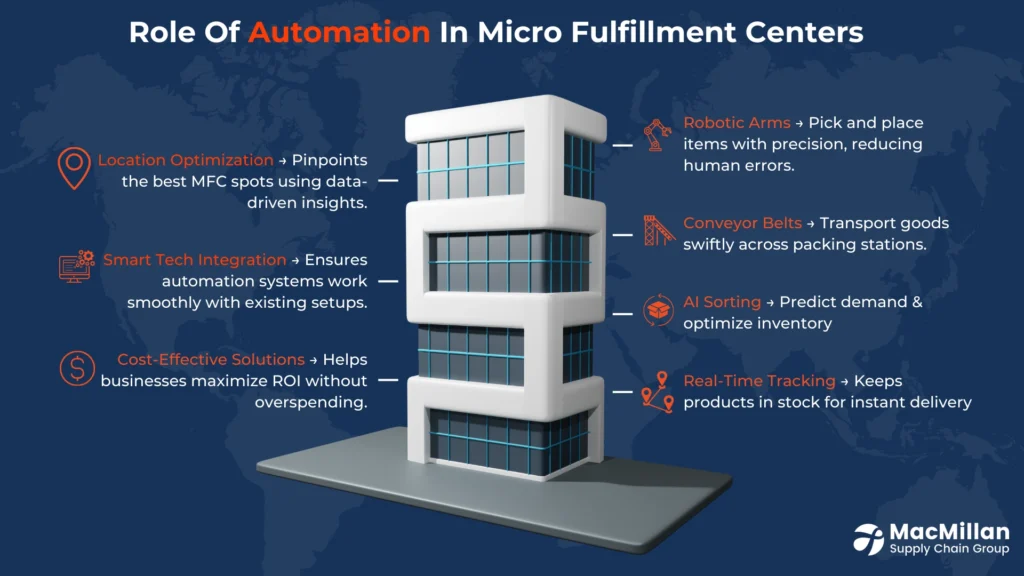
The Cost-Saving Playbook: How MFCs Boost Your Bottom Line
Sure, speed wows customers—but let’s talk money. MFCs are the ultimate frugal innovators:
- Slash last-mile costs by up to 50% (goodbye, $10 delivery fees!)
- Dodge zoning red tape with compact, modular setups
- Repurpose dead retail space (RIP, empty department stores)
Those savings? Reinvest them in loyalty programs, sharper pricing, or finally launching that eco-friendly packaging you’ve been eyeing.
Customer Delight 101: Turn “Meh” into “More, Please!”
Here’s a secret: customers don’t just want fast delivery—they crave reliability. When you promise “by 7 PM” and deliver at 6:58 PM, you’re not just moving a product; you’re building trust. MFCs let small retailers punch above their weight, offering:
- Same-day delivery that rivals retail giants
- Fewer “out of stock” heartbreaks (thanks to real-time inventory tracking)
- Personalized pickup options (because nobody wants to wait for a porch pirate)
Happy customers = repeat buyers = your CFO doing a victory lap.
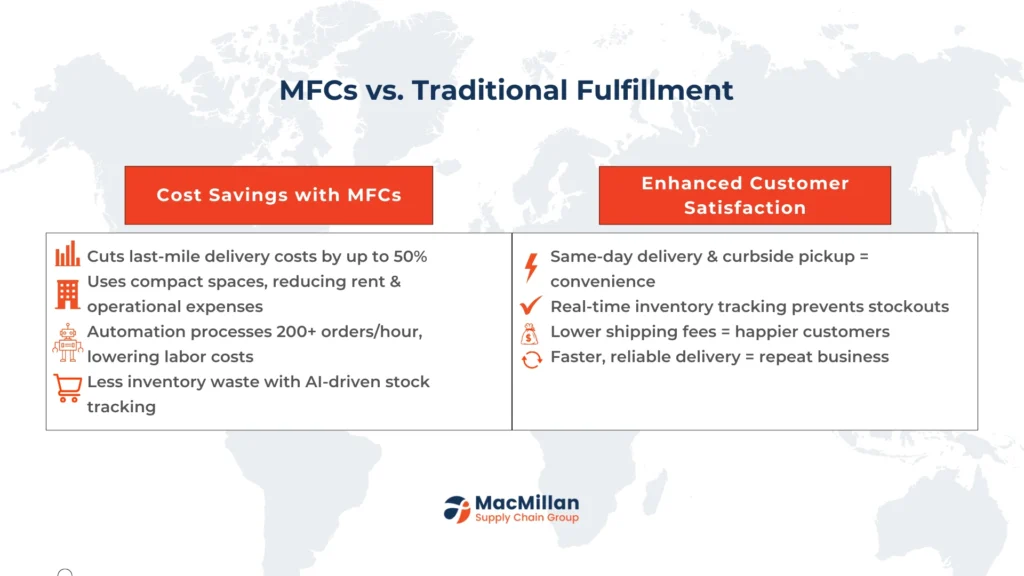
MFC Growing Pains (and How to Dodge Them)
MFCs aren’t all rainbows and robots. Common hiccups include:
- Sticker shock from automation costs
- Tech tantrums during system integrations
- Inventory Tetris in cramped spaces
MacMillan Supply Chain’s Fix-It Kit:
- Budget Whisperers: We’ll help you navigate ROI—no MBA required.
- Tech Therapy: Our engineers make automation play nice with your existing systems.
- Stockpile Science: AI-driven tools predict restocks before you hit “empty.”
- Location Scouts: We pinpoint MFC spots using heatmaps, traffic data, and coffee shop density (kidding… mostly).
Your Action Plan: From “Maybe” to “Let’s Go!”
Thinking about MFCs but overwhelmed? Start here:
- Audit your pain points: Are slow deliveries hurting conversions?
- Crunch the numbers: How much could you save by cutting last-mile costs?
- Partner up: Firms like MacMillan handle the heavy lifting so you can focus on customers.
Ready to Out-Deliver the Competition?
Tap into MacMillan’s 15+ years of supply chain wizardry. Let’s design an MFC strategy that turns your logistics into a profit engine—not a cost sink.
Final Thought:
In the race for customer loyalty, micro-fulfillment centers aren’t just a nice-to-have—they’re your secret weapon. And with partners like MacMillan, you’ll spend less time untangling supply chain knots and more time celebrating those 5-star “lightning fast delivery” reviews
FAQs
A micro-fulfillment center is a compact facility that stores inventory near consumers to expedite order delivery.
They are strategically positioned in urban areas, often within or next to retail stores to minimize product travel distance.
By housing inventory closer to end-users, MFCs shorten the delivery window significantly.
Automation technologies like robots and software streamline the fulfillment process, enhancing speed and accuracy.
Absolutely. Small retailers gain competitive delivery speeds typically associated with larger entities.
Typically, MFCs require restocking every 1 to 2 days due to their limited storage capacity.
Yes, they can be seamlessly incorporated into existing operations to offer enhanced omnichannel solutions.
They include faster delivery times, lower logistics costs, improved customer satisfaction, and increased agility in supply chain management.
Contact MacMillan Supply Chain Group today for a free consultation
